Last Updated on June 2, 2025 by Jocelyn
Sage (Salvia officinalis) is an evergreen herb from the mint family (Lamiaceae). It has grey-green leaves and purple-blue flowers that bloom in late spring to early summer.
Sage grows well in zones 5–8 and prefers dry, well-drained soil. It has a strong scent and a savory, slightly peppery flavor. It’s used in cooking, medicine, and helps improve garden health.
Sage grows well with rosemary, thyme, oregano, carrots, and cabbage family plants like broccoli and cauliflower.
These companions can boost flavor, support growth, and help reduce pests. Avoid planting sage near cucumbers and onions. They may compete or stunt each other’s growth.
Table of Contents
ToggleBenefits of Companion Planting
Growing sage with other plants in your garden can help repel pests and make your vegetables healthier. Sage also helps protect gardens from unwanted plants without using chemical herbicides.
This makes it great for an eco-friendly garden. By placing sage in the right spots in your garden, you can boost productivity and enjoy better harvests.
| Benefit | Description |
| Pest Control | Sage helps repel pests like flea beetles, cucumber beetles, and moths. |
| Attract Pollinators | Sage attracts pollinators and beneficial insects like predatory wasps and ladybugs. |
| Better Growth | Sage supports the growth of vegetables like arugula, beans, and carrots by adding nutrients to the soil. |
| Weed Suppression | Sage acts as a ground cover, shading the soil and reducing weeds. |
| Improved Productivity | Sage enhances the overall productivity and health of your garden. |
Check out my other guides on companion planting:
- Companion plants for raspberries
- Banana companion plants
- Companion planting for arugula
- Companion planting with kohlrabi
7 Best Companion Plants to Grow With Sage
Sage is a wonderful herb to grow in your garden. It deters pests naturally, keeping your plants safe.
Sage can grow into a bush, making it a great border for veggie beds. This makes your garden look neat and organized.
In my own garden, I love how sage creates a natural wall around my vegetables. It smells great and helps my plants thrive by bringing in helpful insects and keeping harmful ones away.
Plus, its bushy growth adds a nice green edge to my garden beds.
1. Brassicas
Planting sage near cabbage family members like broccoli, Brussels sprouts, cauliflower, kale, and kohlrabi helps a lot. The aromatic characteristics and strong scent of sage repel pests.
It keeps cabbage moths, maggots, loopers, worms, and black flea beetles from attacking my cole crops. These cruciferous veggies really benefit and stay healthier.

2. Carrots
Sage is a great companion plant for carrots, as it repels rust flies that cause havoc. Carrots thrive in well-drained, loose soil, enriched with organic matter, and need adequate moisture and sunlight for vibrant foliage and robust root growth.
They also benefit neighboring plants by improving soil structure, enhancing aeration, and creating pathways for water and nutrients.
Using sage near your carrots keeps pests away and can improve their flavor. Sage also deters deer, preventing them from eating all the tops. Plant sage along the border or in pots among the rows of carrots to keep these animals out.
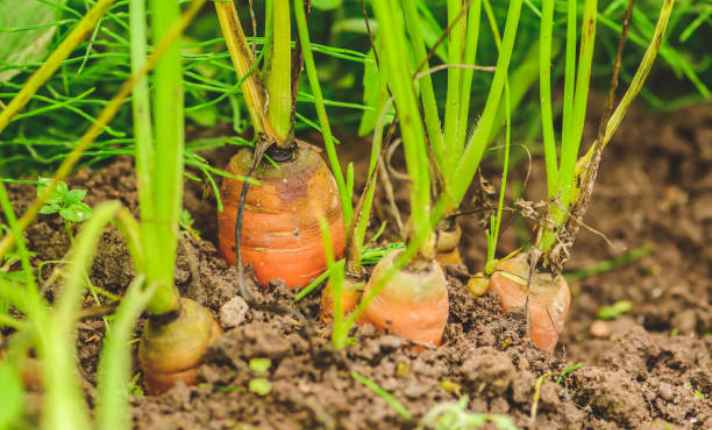
3. Strawberries
Planting sage near your strawberries is a great gardening tip. The strong scent of sage can hide the juicy, delicious strawberries from pests like slugs and hungry foragers.
In a zone where sage perennializes, you can enjoy a self-sustaining strawberry bed.
Strawberries grow in loamy soil with a pH range of 5.5 to 6.5. They need full sunlight and consistent moisture to grow their delicate fruits and lush foliage.
These plants offer many benefits to their neighbors by reducing weed growth with their dense foliage and by attracting pollinators.

4. Tomatoes
Growing tomatoes with sage is great for a healthy garden. Sage repels flea beetles and attracts beneficial insects to tomato plants.
For spider mites on tomatoes, use cilantro or dill with sage. To fight tomato hornworm, plant calendula or borage. Tomatoes love fertile soil with a pH range of 6.0 to 7.0.
They need full sunlight and moisture for their abundant fruiting and sprawling vines. Their dense foliage helps in suppressing weed growth.
Tomatoes are perfect in culinary dishes and attract pollinators like bees and butterflies. Always harvest flowering sage to keep pollinators visiting your garden.

5. Rosemary
When planting a herb garden, consider pairing rosemary and sage. These natural companions from the Mediterranean grow together due to their similar growing requirements.
Rosemary loves well-drained sandy soil with a pH range of 6.0 to 7.0, full sunlight, and moderate moisture.
Its aromatic foliage and robust growth make it an excellent neighboring plant, repelling pests, attracting beneficial insects, and enhancing overall garden biodiversity.

6. Beans
Beans, peas, and other legumes improve soil quality by capturing nitrogen from the air and converting it into a form that other plants can use, a process called nitrogen fixation.
This not only increases crop yields but also benefits many other plants!
Beans grow in well-drained soil and plenty of sunlight. Their ability to enrich the soil helps their neighboring plants grow better.
These legumes not only provide food but also add lush greenery, greatly contributing to the garden’s overall health and productivity.
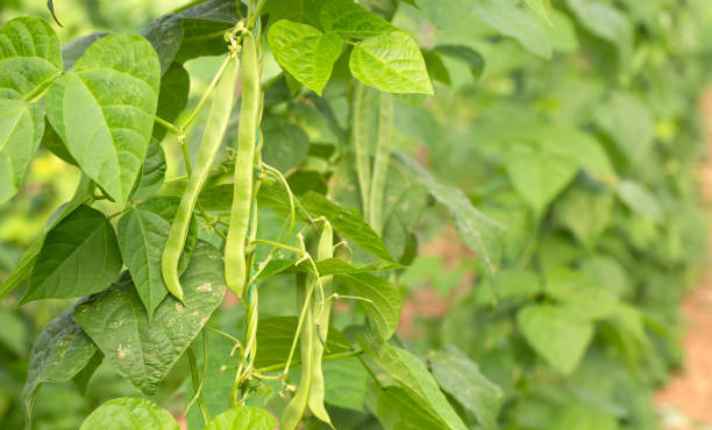
7. Oregano
When growing Oregano alongside Sage, it’s important to ensure proper soil conditions. Oregano thrives in well-drained, sandy, or loamy soil with a pH range of 6.0 to 8.0.
It needs plenty of sunlight and occasional pruning to keep its compact growth.
The flavorful foliage of Oregano not only beautifies the garden but also provides significant benefits to nearby plants. It attracts pollinators, deters pests, and boosts overall garden biodiversity.
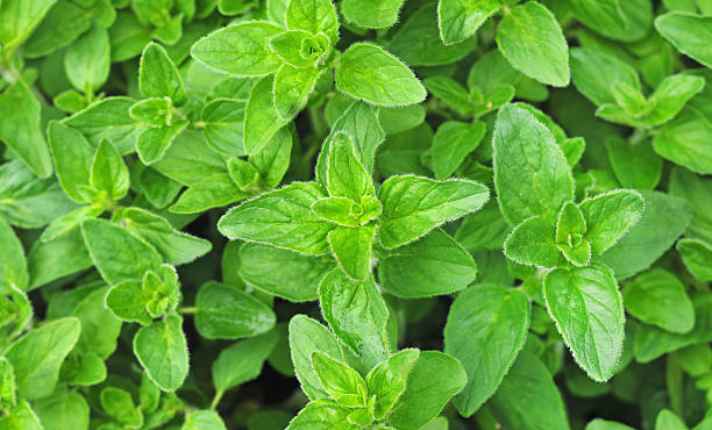
5 Plants to Avoid Growing With Sage
Some plants don’t grow well with sage because they can compete for nutrients or affect its flavor. Avoid planting sage near these plants to help them grow strong and healthy.
Remember, a smart planting choice makes a happy garden!
1. Cucumbers
When planting cucumbers with sage, add herbs like oregano and catnip to deter pests. Chives, dill, and marigolds protect cucumbers, while radishes, tansy, and nasturtiums help them grow.
Be mindful of cucumber vines that can hog space and stunt other plants. Give each plant enough space for the best growth.

2. Alliums
When planning your garden, remember that sage and alliums like onions, leeks, garlic, shallots, and chives don’t grow well together. Alliums prefer moist soil and have shallow roots, while sage likes drier conditions.
Plant them in separate beds or containers to avoid damage to sage’s roots when harvesting alliums. Instead of alliums, try summer savory or chamomile as sage companions.
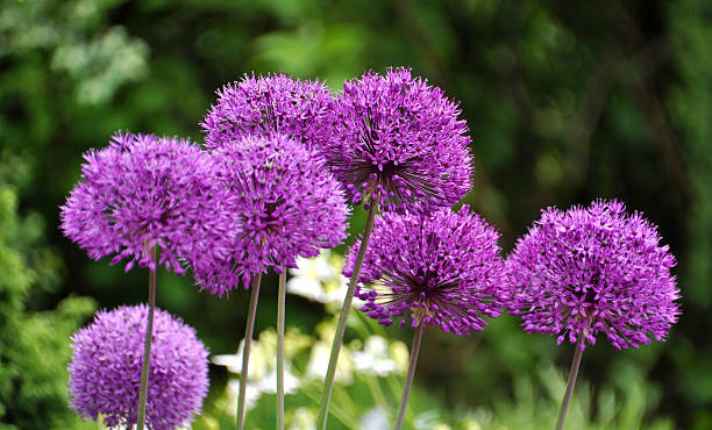
3. Rue
Rue is a special, somewhat bitter herb from the Balkan region that you can find in modern gardens today. Although Common rue should not be planted near sage because sage will suffer, rue can be very useful in your herb garden.
It helps deter cucumber beetles and can improve the growth of fig trees. Keep rue away from cabbage and basil as they don’t get along well.
Both rue and sage like similar soil and water requirements, but be careful to plant them apart for the best results.

4. Wormwood
In my garden, I planted Wormwood, a special herb that’s very useful. It helps in warding off those annoying whiteflies that can harm my sage plants.
But I also found that Nasturtiums are a great sage-friendly alternative for controlling these pests. The Nasturtiums keep my garden safe without hurting the sage.
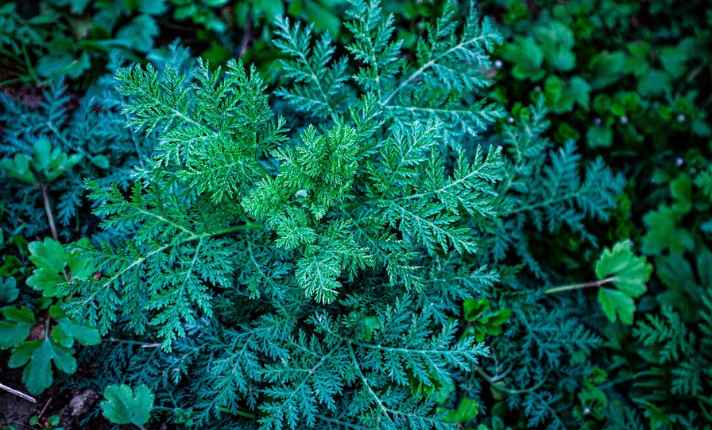
5. Fennel
Fennel and sage do not grow well together because fennel releases a chemical that can harm sage. This can make sage grow slowly and have fewer flowers. Keep fennel and sage apart in your garden to avoid problems.
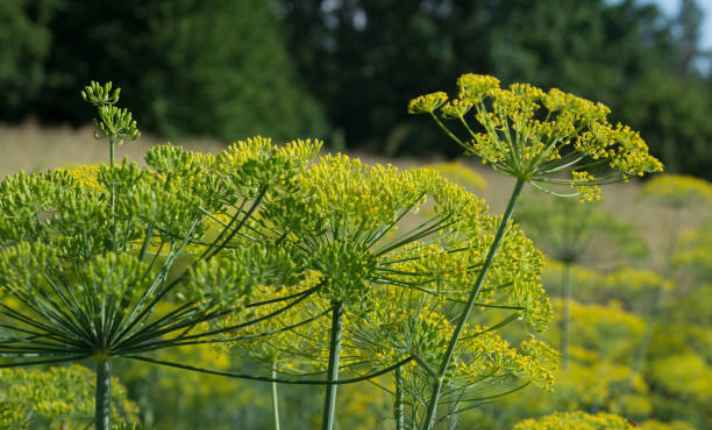
Useful Tips for Sage Companion Planting
Planting sage with companion plants can make your garden healthier and more beautiful. Here are some useful tips to help you plan and take care of your garden.
Location and Sunlight
- Choose a south-facing spot with full sun, ensuring six hours of direct sunlight daily.
Soil Requirements
- Use sandy or loamy soil for excellent drainage.
- Incorporate organic matter such as compost or well-rotted manure to enhance fertility and structure.
- Maintain a slightly alkaline to neutral pH (6.0-7.0).
Plant Spacing and Layout
- Space plants 18-24 inches apart to prevent overcrowding.
- Group compatible plants together, e.g., sage with tomatoes, carrots, and oregano, while separating incompatible ones like cucumbers and onions.
- Implement crop rotation to preserve soil health and prevent pests and diseases.
Watering and Mulching
- After establishment, water sage sparingly as it prefers dry conditions.
- Apply mulch to retain moisture, regulate temperature, and suppress weeds.
Pest and Disease Management
- Regularly inspect plants for pests and diseases.
- Use organic controls like neem oil or insecticidal soap.
- Encourage beneficial insects such as ladybugs and lacewings.
FAQ’s
Q: Where Does Sage Grow Best?
A: Sage grows best in full sun. It can thrive indoors by a sunny window or outside in zones 5 to 8.
Use well-draining containers and ensure a suitable medium. This hardy perennial is easy to care for and perfect for various settings.
Q: Does Sage Like Direct Sunlight?
A: Sage grows best in full sun. It needs soil with excellent drainage to avoid root rot. If grown in soggy ground, sage can die.
The amount of space you leave between plants depends on the variety. When growing, sage can range from 12 to 24 inches apart.
Q: Does Sage Need a Lot of Water?
A: Sage is a drought-tolerant herb. It needs little water to stay healthy. Wait until the soil is dry before watering. Give it a thorough watering when needed. Sage can handle dry conditions, but don’t let the leaves get wilted.
This plant loves the perks of the right care. Sage grows in a round, bush-like fashion. Keep individual plants spaced about 24 to 36 inches apart.
Q: Does Sage Spread From Cuttings?
A: Yes, you can grow new plants by taking a small cutting from a mature sage. Just make sure the cutting has some roots.
Plant it in the soil and watch it grow. Sage is a friendly herb that does well with friends in the garden. It helps other plants and keeps pests away.
Conclusion
Growing sage with the right companion plants can make your garden more productive and beautiful. These companions help repel troublesome pests like cucumber beetles, black flea beetles, and carrot flies, protecting your herb garden.
Sage also attracts beneficial insects that improve pollination and assist in pest control. To create a thriving garden environment, it’s essential to avoid planting sage with incompatible companions.
With thoughtful planning and care, your sage and its companions will flourish, providing you with a bountiful harvest and a resilient garden.

